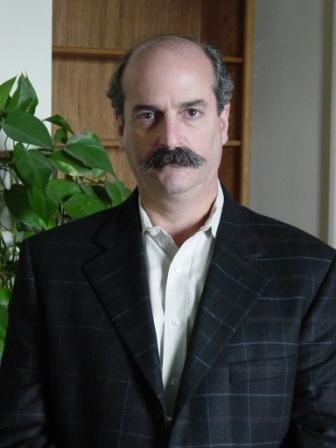Economic Chiaroscoro: Georges de La Tour's Payment of Dues

[Georges de La Tour. The Payment of Dues (Taxes). c. 1624. Oil on canvas. Museum of Fine Arts, Lviv, Ukraine.]
Economic Chiaroscuro: Georges de La Tour’s Payment of Dues (Taxes)
George de La Tour was a master of painting scenes illuminated by candle. It was his chief compositional and organizing principle and became his signature approach throughout his life’s work. His portrayal and storytelling revolve around the single point light source of the candle flame with its warm glow and sharp shadows. However, though he used traditional perspective, the sense of a vanishing point is absent. There is no distant resting point for the eye. Rather the viewer is implicitly included in the radiant and taut space of the dramatic scene. This is visual theater; it is about directorial as well as painterly decisions.
The story portrayed in The Payment of Dues is about an older man who has opened his purse to pay his dues or, more likely, taxes to the collector. There is an official registry or book of accounts open on the table. The collector himself stares intently on the collection of coins on the table and at the same time, as if unconsciously, tightly clutches a money bag. The figure in the back center is leaning in toward the older man to hold the candle closer, presumably so the older man can see better—though of course then they can all see the coins better. Judging by the expression on the older man’s face, this is not a pleasant experience. His worried look is not only about digging deeply into his purse to pay what is due, but also about his consignment to the fate of never having quite enough. The luxuriantly clad figure whose face is turned away from the viewer is either from the military or other form of government. Given de La Tour’s interest in character and expression, the faceless of the representative of the state is fully intentional. He is part of the group on the left side of the table who stand on the side of power. They have been rendered less visible and within a deeper and encompassing shadow than the figural group on the right hand side where the light brings forth the individual’s humanity and elicits a note of sympathy from the viewer.
This particular painting marked the beginning of Georges de La Tour’s so called “night paintings.” Rather than night, I would frame an understanding of this painting (and his others in a similar mode) around the concept of interiority—the interior spaces which we inhabit both outwardly and physically as well as inwardly and psychologically. On one hand this seems somewhat obvious; on the other, this is not necessarily understood from the deeper perspective of how the interior and exterior are linked and integrated. Financial transactions, especially paying taxes, often highlight that lack of integration between inner and outer behavior.
There is apparently no definitive historical or literary interpretation of this painting.[1] De La Tour sometimes rendered biblical stories in, for his time, modern characters and staging, but there are not enough referents included in this one to assign that kind of meaning. Instead, I would say that it is a direct social commentary on the flow of money and economic life as experienced in de La Tour’s day. Issues of class and power are woven into the story told. The people of the Touraine region, particularly the craftsmen and laborers, were heavily taxed to support endless military efforts. The military and clergy (those with the power in those days) were exempt from those taxes so the burden always fell to those who were the principle servants to the economy. So the older man in the painting is the middle-class everyman whose plight is exacerbated by the futility of taxing the poor and the self-serving protection of wealth and power by those with the “right” to tax.
Georges de La Tour was a circumspect dramatist. The message is clear but not strident. He understood the underlying human conditions created by the economic and political environment. His painting is not a judgment as much as a witnessing. He has portrayed the predicament of the craftsman as one in which this worker is stuck in the middle—almost as if in an eternal moment. There are no doors in the painting, no escape except through the eyes of the viewer. I can certainly empathize with the predicament, the tension, with the presence of power and the sense of doubt or worry all of which are also part of the field created by the light. The message of the painting is also a kind of instruction to the viewer.
Each us likely has all of the characters in the painting within ourselves. We can play many roles in relation to money depending on the circumstances—the taxpayer, the collector, the authority with power, and the cast of supporting characters as well. I am perfectly capable of shining that same pinpoint light on my own interiority, only I also have to be willing to accept the shadows as part of the whole. In painting, in chiaroscuro, as in life, both the light and shadow are sides of the same coin and share a common, and in this case pointed, source.
John Bloom
© 2007
[1] In Georges de La Tour and His World, Philip Conisbee (Ed.), presents the various ways to interpret this painting in a historical context.


0 Comments:
Post a Comment
<< Home